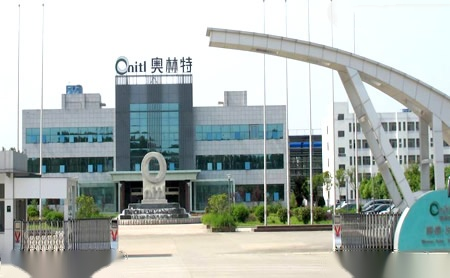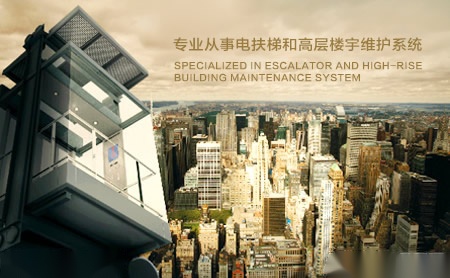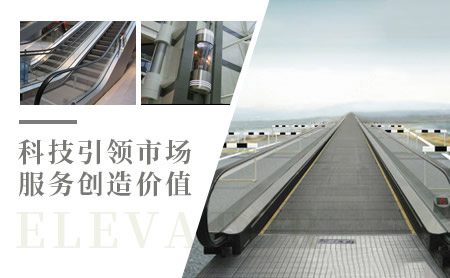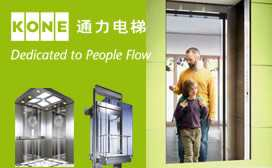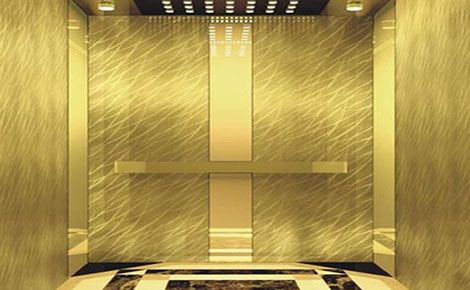
1個回答
Elevator, also known as a lift in British English, is a vertical transportation device that moves people or goods between floors of a building. It is a common feature in many modern buildings, making it easier for people to move between different levels without having to use stairs. Elevators have become an essential part of our daily lives, especially in high-rise buildings where climbing stairs would be impractical or impossible.

The concept of the elevator dates back to ancient times, with evidence of primitive elevators being used in ancient Rome and Greece. However, it wasn't until the 19th century that the modern elevator as we know it today was developed. The first safety elevator was invented by Elisha Otis in 1852, which featured a safety mechanism that prevented the elevator from falling in case the hoisting ropes broke. This invention revolutionized the way buildings were constructed, allowing for taller and more efficient structures to be built.
Elevators come in various types, including hydraulic, traction, and pneumatic elevators. Hydraulic elevators use a hydraulic piston to move the elevator car up and down, while traction elevators use steel ropes and a counterweight system to move the car. Pneumatic elevators, on the other hand, use a vacuum or pressure system to move the car within a cylindrical shaft. Each type of elevator has its own advantages and disadvantages, depending on the building's height, space constraints, and usage requirements.
In addition to the different types of elevators, there are also various features and technologies that have been incorporated into modern elevators to improve safety, efficiency, and comfort. For example, destination control systems allow passengers to input their desired floor before entering the elevator, which then assigns them to the most efficient car to reduce waiting and travel times. Other features include emergency communication systems, automatic rescue devices, and energy-saving technologies that reduce the elevator's carbon footprint.
Elevators have also played a significant role in shaping the way buildings are designed and constructed. The ability to move people and goods vertically has allowed architects to create taller and more innovative structures, such as skyscrapers, which would not be possible without the use of elevators. Elevators have become an integral part of modern urban living, connecting people to their homes, workplaces, shopping centers, and other destinations.
Despite their convenience and efficiency, elevators can also pose risks if not properly maintained and operated. Regular inspections, maintenance, and safety checks are essential to ensure the elevator's safe operation and prevent accidents. Building owners and managers are responsible for ensuring that elevators comply with safety regulations and standards to protect the passengers and the building's occupants.
In conclusion, elevators have become an indispensable part of our daily lives, providing a safe and efficient means of vertical transportation in buildings. From ancient times to modern skyscrapers, elevators have evolved and improved, making it easier for people to move between floors and access different levels of a building. With advancements in technology and safety features, elevators continue to play a crucial role in shaping the way we live and work in urban environments.
-
 選擇適合的一線品牌系統(tǒng)門窗,享受更好的生活品質(zhì)
選擇適合的一線品牌系統(tǒng)門窗,享受更好的生活品質(zhì)
-
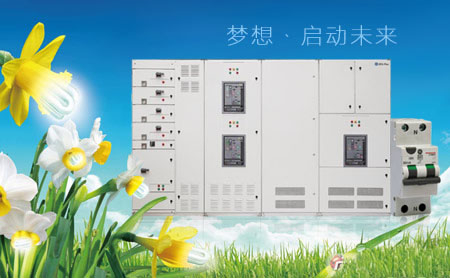 一線品牌水下燈設(shè)計創(chuàng)新,科技突破推動一線品牌水下燈市場發(fā)展
一線品牌水下燈設(shè)計創(chuàng)新,科技突破推動一線品牌水下燈市場發(fā)展
-
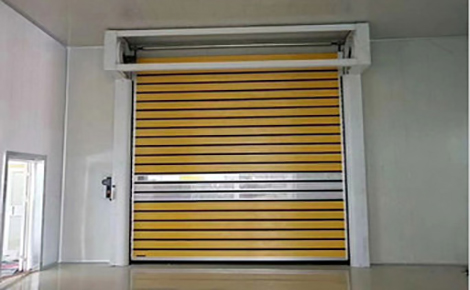 一線品牌堆積門風(fēng)云,古代皇家宮殿中的建筑奇跡
一線品牌堆積門風(fēng)云,古代皇家宮殿中的建筑奇跡
-
 一線品牌LED吊頂燈,家居裝飾的新寵,讓空間更明亮
一線品牌LED吊頂燈,家居裝飾的新寵,讓空間更明亮
-
 一線品牌系統(tǒng)門窗安裝注意事項,保障家庭安全
一線品牌系統(tǒng)門窗安裝注意事項,保障家庭安全
-
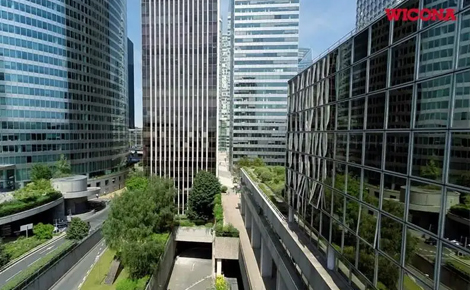 全球首家智能一線品牌系統(tǒng)窗亮相,引領(lǐng)智能家居新潮流
全球首家智能一線品牌系統(tǒng)窗亮相,引領(lǐng)智能家居新潮流
-
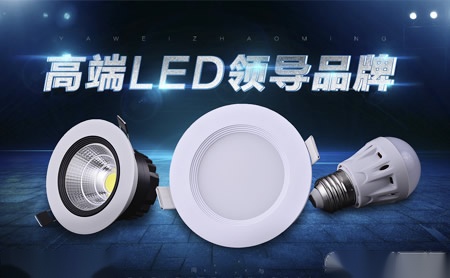 一線品牌景觀燈具點亮城市夜空,營造浪漫氛圍
一線品牌景觀燈具點亮城市夜空,營造浪漫氛圍
-
 LED臺燈,綠色環(huán)保節(jié)能明亮,成為時尚家居必備
LED臺燈,綠色環(huán)保節(jié)能明亮,成為時尚家居必備
-
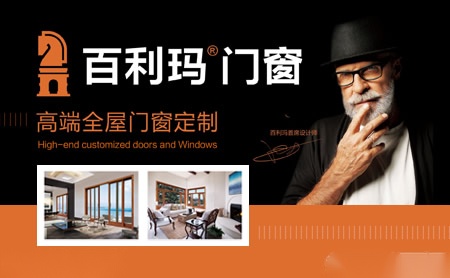 一線品牌系統(tǒng)窗設(shè)計新潮,打造現(xiàn)代家居風(fēng)尚
一線品牌系統(tǒng)窗設(shè)計新潮,打造現(xiàn)代家居風(fēng)尚
-
 環(huán)保材質(zhì)一線品牌鋁包木門窗受追捧
環(huán)保材質(zhì)一線品牌鋁包木門窗受追捧
-
 五彩斑斕的一線品牌景觀燈具,打造獨特城市風(fēng)貌
五彩斑斕的一線品牌景觀燈具,打造獨特城市風(fēng)貌
-
 LED吸頂燈設(shè)計新穎,成為家居裝飾新寵
LED吸頂燈設(shè)計新穎,成為家居裝飾新寵
-
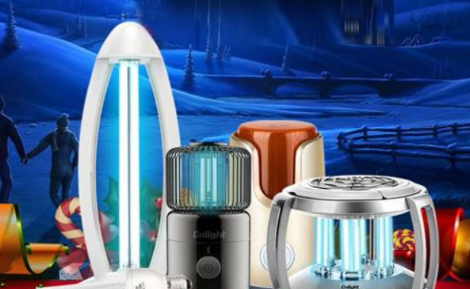 新技術(shù)助力一線品牌教育照明設(shè)備升級,提升學(xué)習(xí)環(huán)境質(zhì)量
新技術(shù)助力一線品牌教育照明設(shè)備升級,提升學(xué)習(xí)環(huán)境質(zhì)量
-
 商業(yè)空間設(shè)計,巧用一線品牌感應(yīng)開關(guān)打造舒適辦公環(huán)境
商業(yè)空間設(shè)計,巧用一線品牌感應(yīng)開關(guān)打造舒適辦公環(huán)境
-
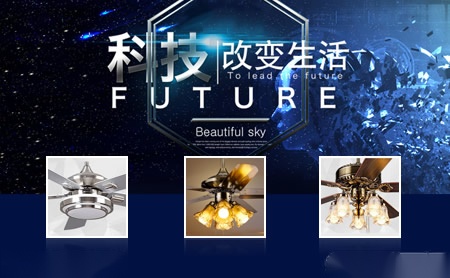 一線品牌LED吊扇燈,照亮你的家居生活
一線品牌LED吊扇燈,照亮你的家居生活
-
 一線品牌水下燈市場潛力大,一線品牌水下燈行業(yè)迎來新一輪增長
一線品牌水下燈市場潛力大,一線品牌水下燈行業(yè)迎來新一輪增長
-
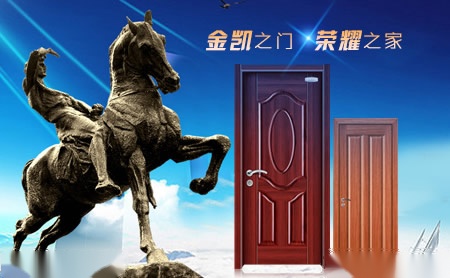 如何正確清潔一線品牌烤漆門,讓家居更加光亮
如何正確清潔一線品牌烤漆門,讓家居更加光亮
-
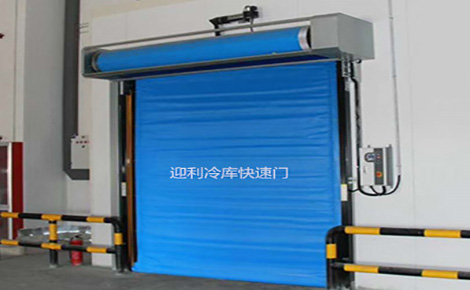 一線品牌堆積門之美,探尋中國傳統(tǒng)建筑中的獨特魅力
一線品牌堆積門之美,探尋中國傳統(tǒng)建筑中的獨特魅力
-
 一線品牌小夜燈的魅力,溫暖如家的燈光
一線品牌小夜燈的魅力,溫暖如家的燈光
-
 效果更美觀!一線品牌床頭燈的擺放技巧分享
效果更美觀!一線品牌床頭燈的擺放技巧分享


 掃一掃關(guān)注品牌網(wǎng)
掃一掃關(guān)注品牌網(wǎng)


 瀏覽(191)
瀏覽(191)

 贊(0)
贊(0) 分享
分享 舉報
舉報


